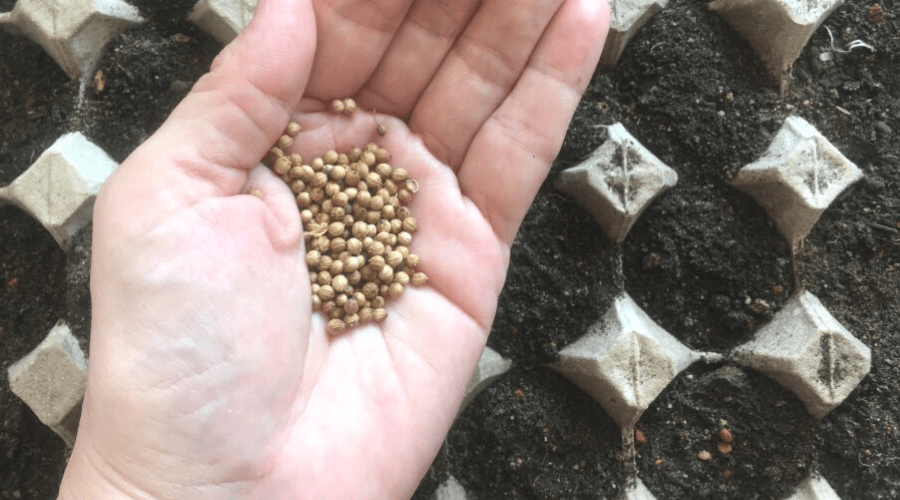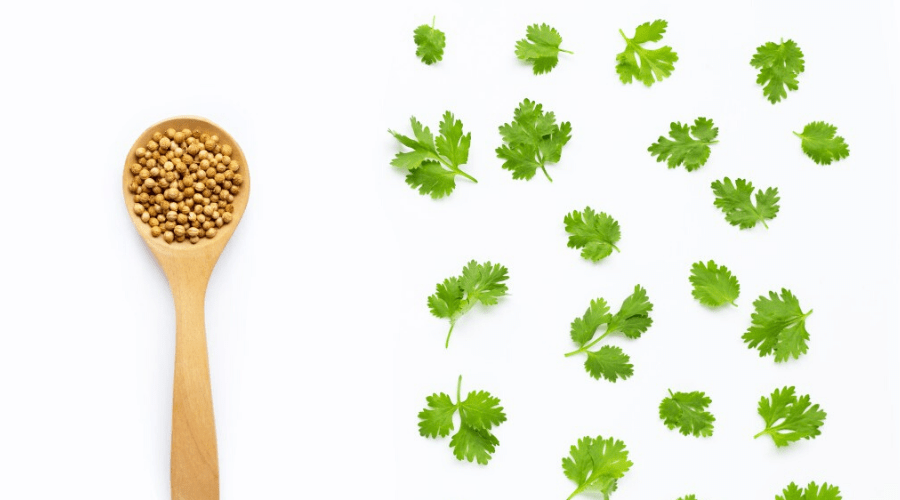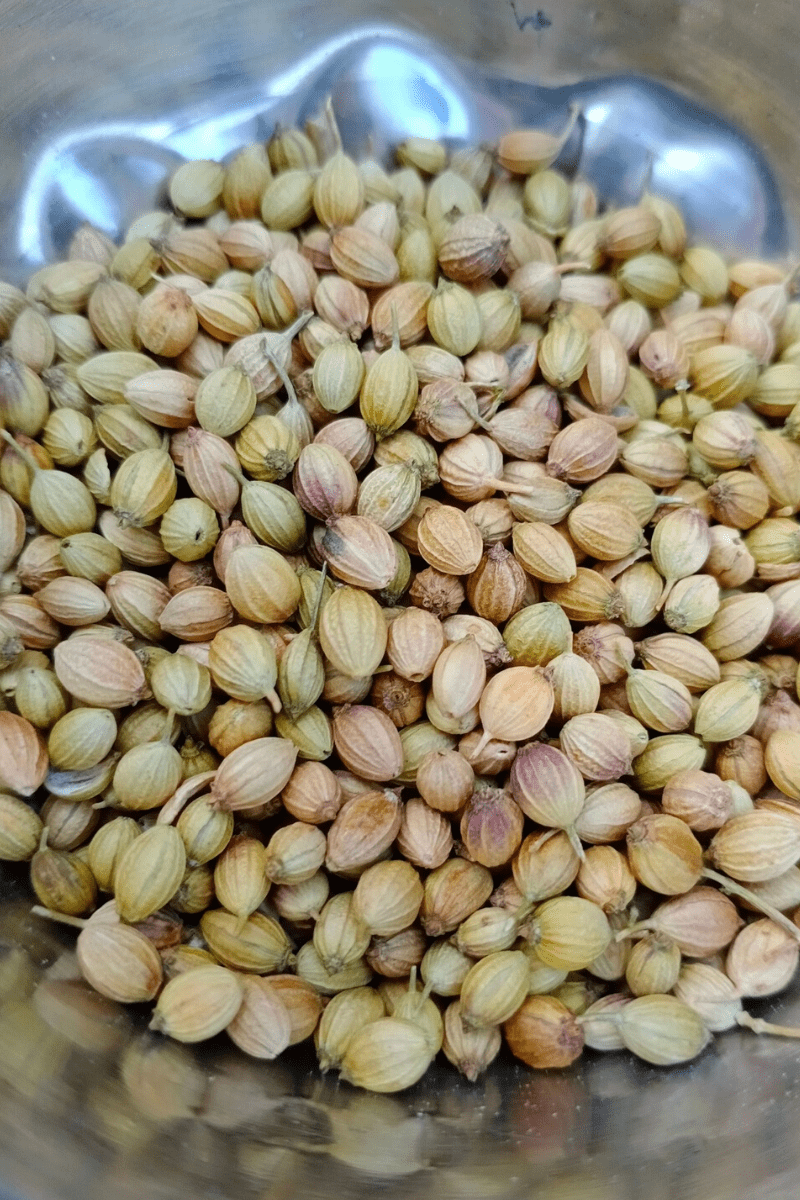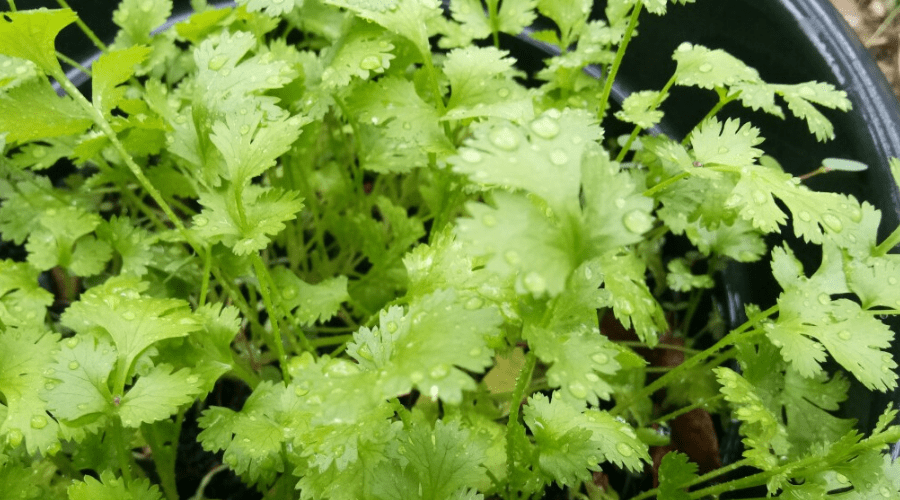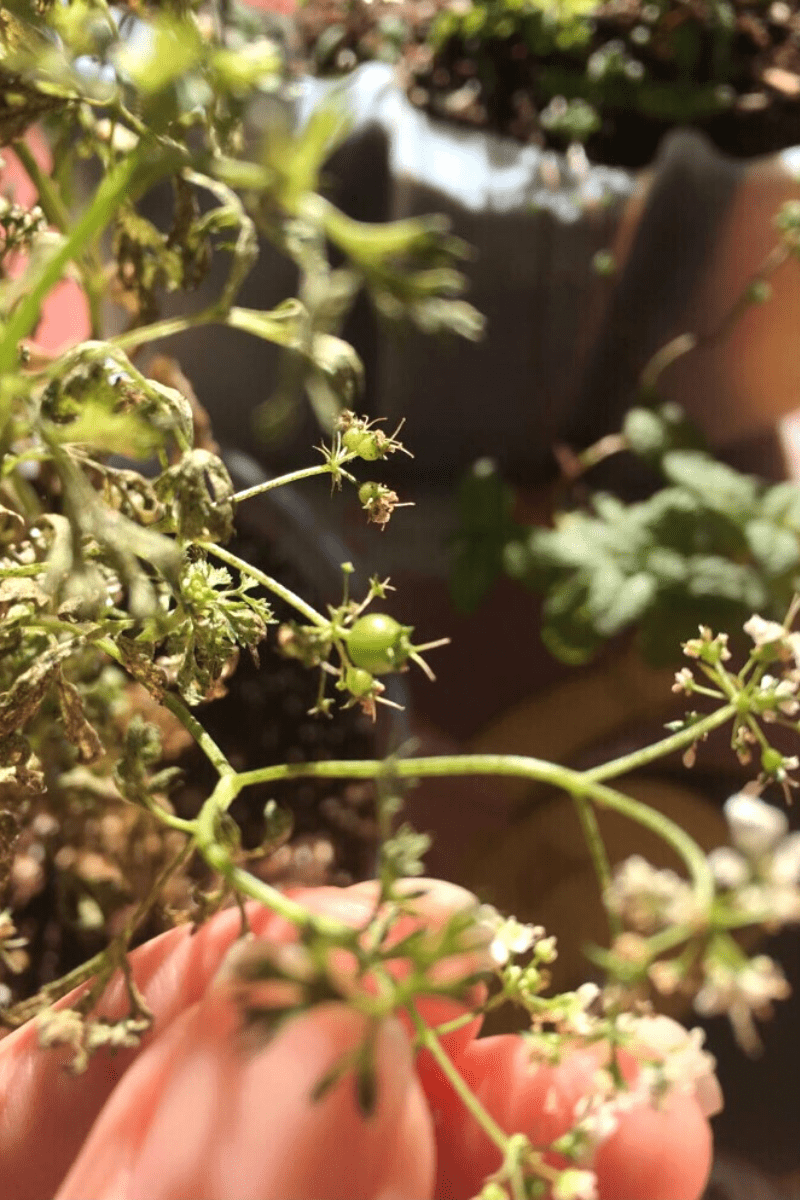You know you love the delicious flavor and heavenly smell of coriander. You know you want to learn how to grow it. What you don’t know is what the hell the difference might be between coriander and cilantro.
Let me clear that up for you.
Cilantro and coriander are the same thing. Sort of. In the US, the leaves and stalks of the plant are referred to as cilantro, while the seeds are referred to as coriander.
This becomes more complicated if you are reading a lot of recipes from the UK, because there, the whole plant is coriander, the seeds are coriander seed, and cilantro is just a silly thing Americans say.
I know, it’s confusing. Now that you are vaguely certain you know what you want to grow, ready to learn how to grow coriander?
Let’s get started.
What You Will Need
- Coriander Seeds
- Soil
- Water
- Common Gardening Tools
- Container (optional)
What is Bolting?
Although the image of a plant picking up and sprinting away on frail root legs is a humorous one, that is not actually what the term “bolting” means.
When a plant bolts, it grows rapidly and wildly, going from producing mostly leaves to producing an excess of seeds and flowers. Bolting is triggered by hot weather, which causes a plant to abandon leaf growth in favor of producing seeds.
Why do plants do this? If the weather becomes too warm, and the plant’s hormones fear for the plant’s survival, it produces seeds to ensure that it will be able to regrow when the weather becomes more suitable.
In other words, it is a survival mechanism for the plant. To make cilantro plants produce coriander seeds in abundance, you have to make them bolt.
How to Grow Coriander
Step One: Prepping For Your Plant
Plant your coriander seeds in the dead of summer, when the temperatures soar above 75 F.
I realize the suggestion to go outside and work hard in your garden in sweltering heat may not be an appealing one, but when the sweat is dripping down your back and the mosquitos are ravaging your ankles, just think of how tasty your coriander will be in a handful of weeks.
Your coriander plant will need fertile, rich, well-drained soil that is either loamy or sandy.
Coriander is easy to grow from seeds, so no need to buy seedlings or a plant. Buy cilantro seeds that are quick to bolt because some have been altered to hold out on bolting.
Pro Tip: If you can’t find any seeds to plant, you can use the seeds from grocery store spice jars! They can have a lower germination rate though because they have been dried for a prolonged period of time.
Step Two: Plant the Coriander Seeds
Gently break open the husks of the seed, using a rolling pin, mallet, or pestle, before sowing them.
Once you have broken the husks of the coriander seeds, sprinkle them in your garden, planting them at least 6 inches apart in rows that are at least a foot apart. Pick out a spot for them that receives sunshine throughout most of the day.
Then, lightly cover them with soil. There should be ¼ inch of soil on top of them. Immediately give them a gentle misting of water.
Pro Tip: Don’t give your coriander too much fertilizer because that will weaken its scent.
Step Three: Neglect Your Plant
Coriander is not a particularly thirsty plant, but it does need to be regularly watered. Normally, this is the stage when I would tell you to be gentle with your plant, to pay extra special attention to it, and so on.
That is not the case with coriander.
For coriander to bolt, it actually requires neglect. Yes, you are going to feed your plants, but if they start to go wild and misbehave, you couldn't care less.
Step Four: Harvest Your Coriander
When your coriander starts to produce flowers, small, white, lacy umbels with a hint of pink, it is close to producing seeds. Once the flowers are pollinated they will produce seeds. When the seeds are ready to be harvested, they will become loose on the stem. At this point, the flowers should also have dried up and turned brown. When this happens, place a bag under the flower’s stem and cut it off. Then, shake the stem over the bag so that the seeds fall into it.
Pro Tip: You can harvest coriander leaves until the plant flower. Once the plant flowers, the leaves will lose their taste.
Step Five: Enjoy!
Coriander is a delicious seasoning often used in Indian, Middle Eastern, and Asian cooking. You can use the ground seeds for numerous recipes, like soups, baked goods, stews, desserts, and more.
Before cooking with coriander seeds grind them up. You can use a spice grinder or mortar and pestle to do this. You can also try toasting the seeds. This will bring out their unique flavor.
Use the seeds as soon as possible. If you can’t, or just want to save some, store them in an airtight container.
Alternative Method: Grow Coriander in a Container
It is extremely easy to grow coriander in a container.
There are numerous containers that work for growing coriander, however, there are two things you should keep in mind.
The first is that your container should be deep. Coriander has deep tap roots so choose a pot that is at least 9 inches deep and 14 inches wide.
The second is that your pot needs drainage holes so that there is no standing water in the soil.
Once you have chosen your pot and added potting mix, you can pretty much follow the normal coriander growing instructions below.
However, you should keep in mind that although an advantage of container plants is that you can grow them inside, that probably isn’t the move when it comes to your coriander.
Cilantro plants need to be exposed to temperatures over 75 F to bolt. If you do not expose your plant to that kind of heat, it can take several months, instead of several weeks, for it to bolt, which means you will have to wait a long time to actually harvest your coriander seeds.
Place your container outside, on a balcony or patio, to have a speedier harvest.
Conclusion
If you read this whole article and just now realized, "Wait, I actually wanted to grow cilantro, not coriander!" then check out our cilantro-growing guide. If not, get excited about your new coriander plants! Coriander is an extremely important herb to have on hand. It not only is a delicious and extremely tasty addition to numerous recipes; it also has tons of health benefits. Coriander can improve your digestive health, lower your cholesterol, and reduce inflammation. It contains Vitamin C, Vitamin K, and protein. Hopefully, this article provided you with all the necessary information to successfully grow your own coriander.
Let me know in the comments below if you enjoyed this article, and as always, please share!

